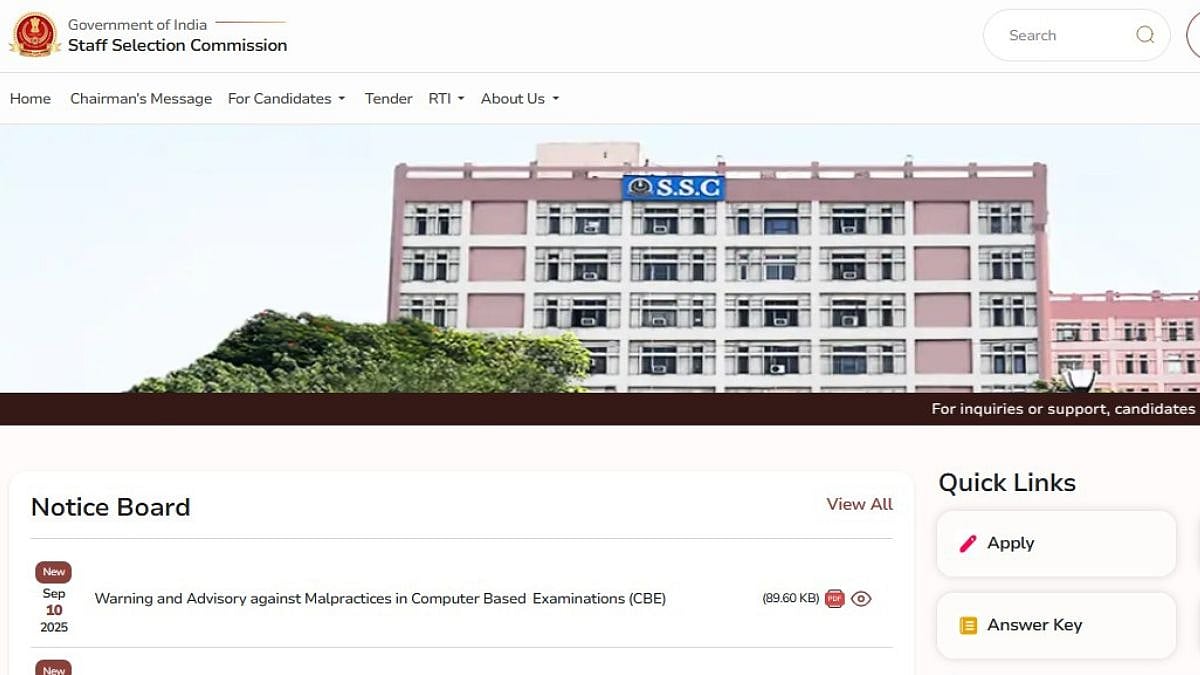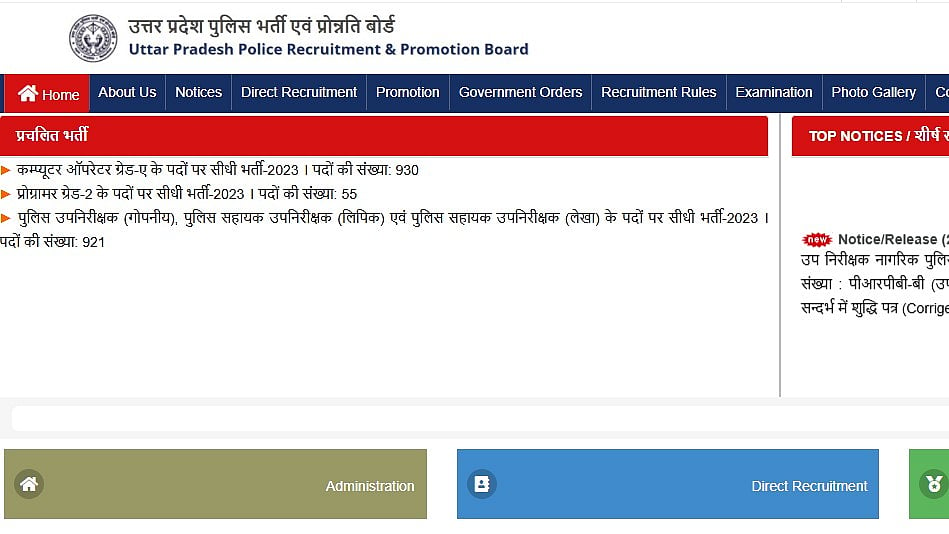It is still too early to be certain as to whether the furore over the Citizenship (Amendment) Act will be a short term blast or will have a lasting effect on the politics of the country. The trends as yet are contradictory but the patterns are worth exploring.
First, it is clear that the main body of support for the anti-CAA protests has come from the Muslim community. Without this support, the size of the protests would have been modest and may not have had any sizeable impact.
Muslim support has given the protests both its body and its muscle. However, while providing the crowds, the Muslim community has made important political adjustments to secure incremental support. The question is: are these shifts purely tactical or do they symbolise a more profound review of the community’s political stand?
Let us look at some of these shifts. The past few weeks have seen vigorous assertions of their Indian-ness by the Muslim community. The protest marches have seen generous use of the national tricolour flag and gatherings have ended with a respectful singing of the national anthem.
On top of that, Muslim leaders have proclaimed their allegiance to the Indian Constitution and all that it stands for. There has been a radical overhaul in the public projection of Muslim leaders, too. The MP for Hyderabad, Asaduddin Owaisi, for example, has emerged as an articulate voice of the community.
This rise to national fame has also coincided with a move away from his earlier status as the militant leader of a minority ghetto. He has now become a respectable mainstream leader, holding forth on profound questions of constitutional propriety.
The liberals have come to love him and his political pedigree — as the leader of a party that was once inextricably associated with the pro-separatist Razakars of the Nizam’s territories — has been whitewashed.
Owaisi now projects himself as the leader of a community that voluntarily chose to remain in India because of the Constitution. This is not to deny that there have been other trends, too. Religious war cries and pro-Azadi slogans have also featured in the protests.
Muslim leaders have also chosen strategic silence on the question of whether their opposition to Hindus from Bangladesh securing fast-track citizenship is total or conditional on this facility being extended to all illegal immigrants from Bangladesh.
There has also been a stubborn refusal by Muslim intellectuals to accept that it is conditions of intolerance by neighbouring Islamic nations that prompted the Hindus and other minorities into coming to India.
This has prompted the assertion that the allegiance to the Indian flag and Constitution is tactical and that once it has shown the Narendra Modi government its place, the old identity politics will resume.
Certainly, there is the unresolved issue of whether in future the Muslim involvement in political life will be centred on ‘secular’ political parties or whether the Owaisi model of a separate pressure group will find acceptance. Mamata Banerjee, for example, has decided that in West Bengal she will do her utmost to keep Owaisi out.
The second issue centres on students and liberals who have given the protests an acceptable face and been responsible for the sympathetic media treatment of the agitation.
It is heartening that the students and liberals are concerned over any possible distortions to the secular character of the Indian Constitution — although they are wrong in identifying the CAA as a departure.
In the process, however, they have demonstrated spectacular insensitivity towards those who were turfed out of their homes by religious bigotry.
They have also shown a bewildering degree of contempt towards Parliament and a legitimately elected government, not to mention alternative points of few. In some places there has also been a marked propensity for violence.
Most important, there is an emerging view of student vanguardism that centres on the idea that the youth, in alliance with Muslims and free-floating liberals, will be the agents of change in India.
This is complimented by a belief that all those who disagree with their flawed certitudes are automatically fascists undeserving of any hearing.
Finally, there are the mainstream opposition parties which, at this juncture has a limited agenda of embarrassing the Modi government and reducing its manoeuvrability. These parties are happy using Muslims and students and piggybacking on them for the moment, at least until the Parliament session. However, Parliament will ensure there are deep divisions which cant be papered over.
For the Centre, the anti-CAA stir is a formidable challenge and its impact should not be minimised, at least in a section of the urban middle classes. The government has so far believed that the protests will fade out sooner rather than later.
However, while patience may work, it is equally important that the government undertakes a massive publicity blitz aimed at telling everyone what the CAA is all about and why it does not pose a threat to India’s Muslim population.
Charges of making an Indian stateless is too grave to be responded with silence. It needs a quick response. Equally necessary are communications on the rules of the CAA and horrific implications of any state government not cooperating in the National Population Register exercise.
The writer is a senior journalist and Member of Parliament, being a presidential nominee to the Rajya Sabha.





